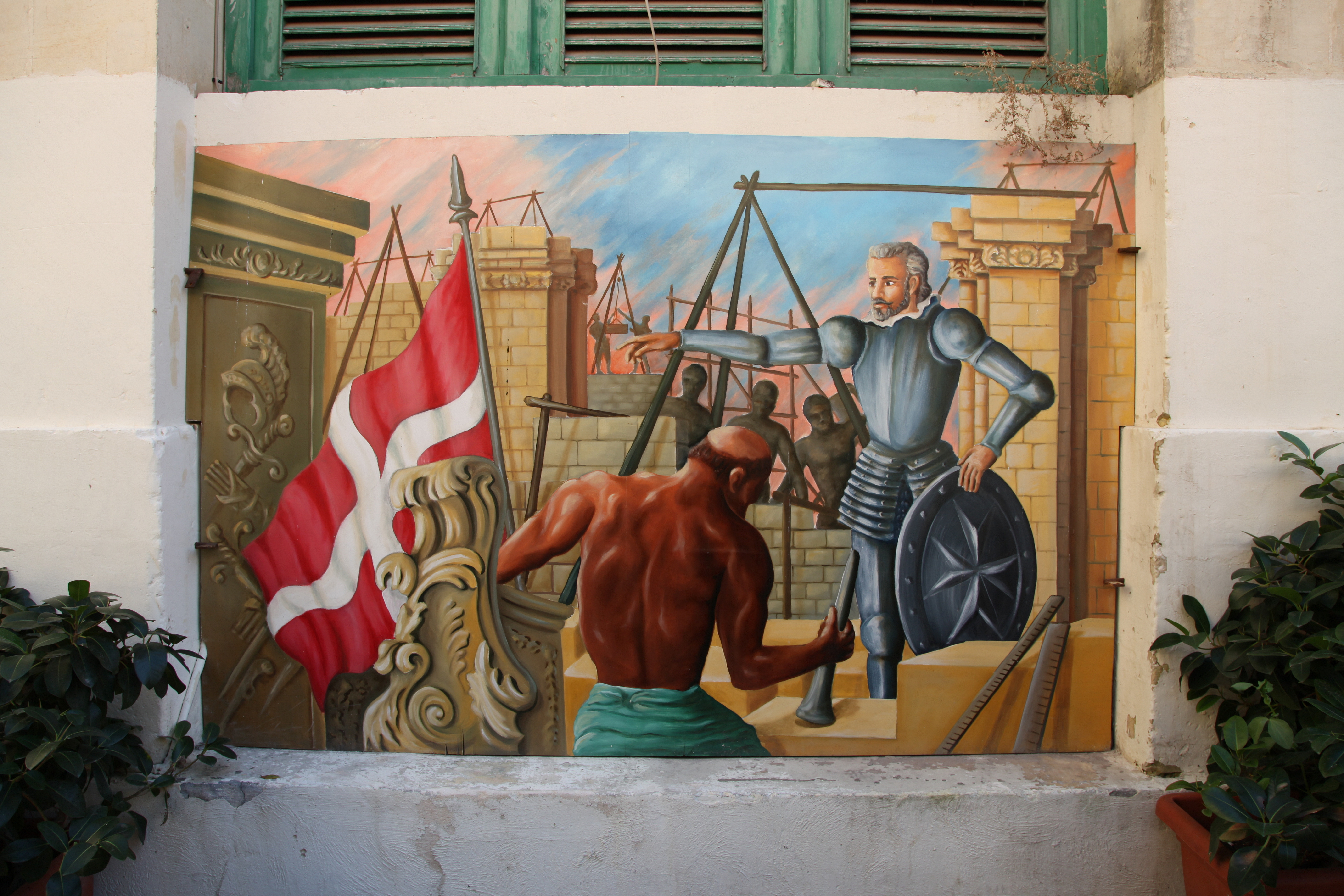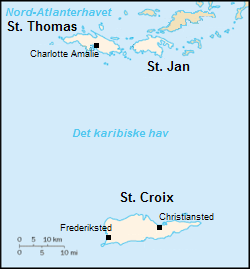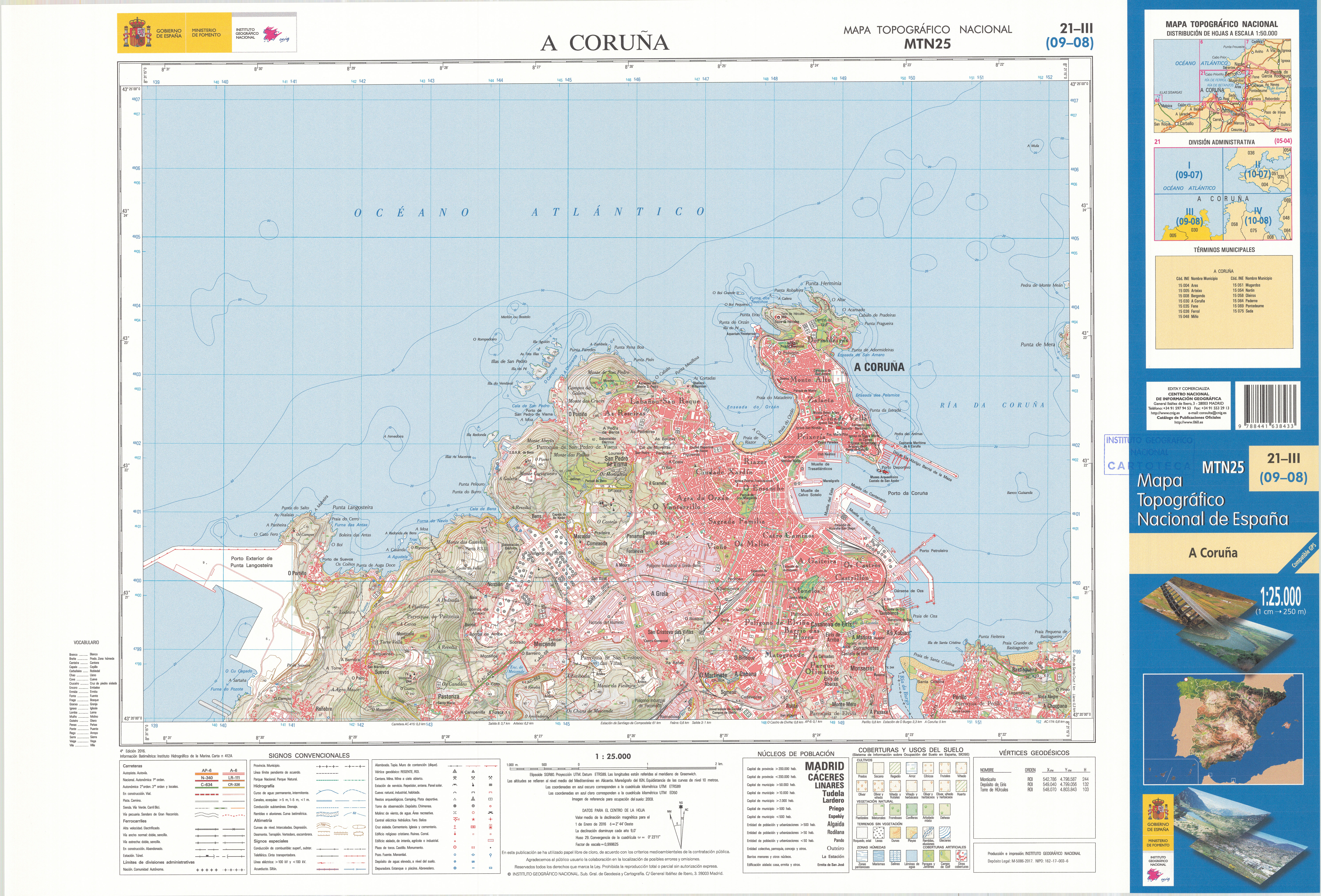|
HMS Northumberland (1798)
HMS ''Northumberland'' was a 74-gun third-rate ship of the line of the Royal Navy, built at the yards of Barnard, Deptford and launched on 2 February 1798. She carried Napoleon to his final exile on St Helena. Service history ''Northumberland'', , , , and the brig shared in the proceeds of the French polacca ''Vengeance'', captured entering Valletta, Malta on 6 April 1800. On 8 January 1801 ''Penelope'' captured the French bombard ''St. Roche'', which was carrying wine, liqueurs, ironware, Delfth cloth, and various other merchandise, from Marseille to Alexandria. , , , ''Northumberland'', , and the schooner , were in sight and shared in the proceeds of the capture. Because ''Northumberland'' served in the navy's Egyptian campaign (8 March to 8 September 1801), her officers and crew qualified for the clasp "Egypt" to the Naval General Service Medal that the Admiralty authorized in 1850 to all surviving claimants. On 6 December 1801 arrived off Tunis, under command of Capt. ... [...More Info...] [...Related Items...] OR: [Wikipedia] [Google] [Baidu] |
Action Of 22 May 1812
The action of 22 May 1812 took place off Groix when a small French squadron comprising the French frigates and , and the brig ''Mameluck'' returning from a commerce raiding campaign in the Atlantic, met the 74-gun while trying the slip to Lorient through the British blockade. After a gunnery exchange that left all ships damaged, the frigates attempted to lose ''Northumberland'' by sailing through a shallow pass, but they ran aground. ''Northumberland'', her repairs completed, returned to the scene and bombarded ''Andromaque'' until her rigging caught fire, setting the entire ship ablaze. Unable to refloat herself and trapped by ''Northumberland'', ''Ariane''s crew scuttled her by fire and evacuated on ''Mameluck''. Captains Jean-Baptiste-Henri Féretier and Nicolas Morice were found guilty of negligence in the loss of their ships, and forbidden from commanding for three years. Background By 1812, the Royal Navy enjoyed an absolute supremacy on all seas, and even blockaded ... [...More Info...] [...Related Items...] OR: [Wikipedia] [Google] [Baidu] |
Valletta
Valletta ( ; , ) is the capital city of Malta and one of its 68 Local councils of Malta, council areas. Located between the Grand Harbour to the east and Marsamxett Harbour to the west, its population as of 2021 was 5,157. As Malta’s capital city, it is a commercial centre for shopping, bars, dining, and café life. It is also the southernmost capital of Europe, and at just , it is the European Union's smallest capital city. Valletta's 16th-century buildings were constructed by the Hospitaller Malta, Knights Hospitaller. The city was named after the Frenchman Jean Parisot de Valette, who succeeded in defending the island against an Ottoman invasion during the Great Siege of Malta. The city is Baroque architecture, Baroque in character, with elements of Mannerist architecture#Mannerist architecture, Mannerist, Neoclassical architecture, Neo-Classical and Modern architecture, though the Second World War left major scars on the city, particularly the destruction of the Royal Oper ... [...More Info...] [...Related Items...] OR: [Wikipedia] [Google] [Baidu] |
Danish West Indies
The Danish West Indies () or Danish Virgin Islands () or Danish Antilles were a Danish colony in the Caribbean, consisting of the islands of Saint Thomas with , Saint John () with , Saint Croix with , and Water Island. The islands of St Thomas, St John, and St Croix were purchased by United States in 1917 and became known as the United States Virgin Islands. Water Island was sold in 1905 to the Danish East Asiatic Company and bought by the U.S. Government in 1944. In 1996, it also became part of the U.S. Virgin Islands. Historical overview Acquisition The Danish West India-Guinea Company annexed uninhabited St. Thomas in 1672. It annexed St. John in 1718 and bought St. Croix from France (King Louis XV) on 28 June 1733. When the Danish West India-Guinea Company went bankrupt in 1754, King Frederik V of Denmark–Norway assumed direct control of the three islands. Although, during the Napoleonic Wars, Britain twice occupied the Danish West Indies, first in 1801� ... [...More Info...] [...Related Items...] OR: [Wikipedia] [Google] [Baidu] |
Invasion Of The Danish West Indies (1807)
The second British Invasion of the Danish West Indies took place in December 1807 when a British fleet captured the Danish islands of Saint Thomas on 22 December and Saint Croix on 25 December. The Danes did not resist and the invasion was bloodless. This British occupation of the Danish West Indies lasted until 20 November 1815, when Britain returned the islands to Denmark. Background During the later stages of the French Revolutionary Wars (1793-1802), Denmark–Norway, Prussia, and Sweden established the Second League of Armed Neutrality (1800-1801), intending to protect their trade in the Baltic from the British. However, Britain attacked Denmark with the First Battle of Copenhagen in April 1801. Slightly in advance of that, a British fleet arrived at St Thomas at the end of March. The Danes accepted the Articles of Capitulation the British proposed and the British occupied the islands without a shot being fired. The British occupation lasted until April 1802, when the Brit ... [...More Info...] [...Related Items...] OR: [Wikipedia] [Google] [Baidu] |
Denmark–Norway
Denmark–Norway (Danish language, Danish and Norwegian language, Norwegian: ) is a term for the 16th-to-19th-century multi-national and multi-lingual real unionFeldbæk 1998:11 consisting of the Kingdom of Denmark, the Kingdom of Norway (including the then Norwegian overseas possessions: the Faroe Islands, Iceland, Greenland, and List of possessions of Norway, other possessions), the Duchy of Schleswig, and the Duchy of Holstein.Feldbæk 1998:21f, 125, 159ff, 281ff The state also claimed sovereignty over three historical peoples: Frisians, Gutes and Wends.Feldbæk 1998:21 Denmark–Norway had several colonies, namely the Danish Gold Coast, Danish India (the Nicobar Islands, Serampore, Tharangambadi), and the Danish West Indies.Feldbæk 1998:23 The union was also known as the Dano-Norwegian Realm (''Det dansk-norske rige''), Twin Realms (''Tvillingerigerne'') or the Oldenburg Monarchy (''Oldenburg-monarkiet''). The state's inhabitants were mainly Danish people, Danes, Norwegian p ... [...More Info...] [...Related Items...] OR: [Wikipedia] [Google] [Baidu] |
Alexander Cochrane
Admiral Sir Alexander Inglis Cochrane, GCB (born Alexander Forrester Cochrane; 23 April 1758 – 26 January 1832) was a Royal Navy officer and politician who served in the French Revolutionary and Napoleonic Wars and achieved the rank of admiral of the blue. He captained off Alexandria, Egypt during the French invasion of Egypt and Syria. Cochrane was knighted into the Order of the Bath for his services in 1806. In 1814 he became vice admiral and commander-in-chief of the North American Station, led British naval forces during the attacks on Washington and New Orleans, and was promoted to admiral in 1819 and became commander-in-chief of the Plymouth naval base. Naval career Alexander Inglis Cochrane was a younger son of the Scottish peer Thomas Cochrane, 8th Earl of Dundonald, and his second wife, Jane Stuart. He joined the Royal Navy as a boy and served with British naval forces in North America. He served during the American War of Independence. Cochrane also partici ... [...More Info...] [...Related Items...] OR: [Wikipedia] [Google] [Baidu] |
A Coruña
A Coruña (; ; also informally called just Coruña; historical English: Corunna or The Groyne) is a city and municipality in Galicia, Spain. It is Galicia's second largest city, behind Vigo. The city is the provincial capital of the province of A Coruña, having also served as political capital of the Kingdom of Galicia from the 16th to the 19th centuries, and as a regional administrative centre between 1833 and 1982. A Coruña is located on a promontory in the Golfo Ártabro, a large gulf on the Atlantic Ocean. It is the main industrial and financial centre of northern Galicia, and holds the headquarters of the Universidade da Coruña. A Coruña is the Spanish city featuring the tallest mean-height of buildings, also featuring a population density of of built land area. Name Origin There is no clear evidence as to what the name derives from. It seems to be from ''Crunia'', of unknown origin and meaning, documented for the first time at the time of Ferdinand II of Leó ... [...More Info...] [...Related Items...] OR: [Wikipedia] [Google] [Baidu] |
East India Company
The East India Company (EIC) was an English, and later British, joint-stock company that was founded in 1600 and dissolved in 1874. It was formed to Indian Ocean trade, trade in the Indian Ocean region, initially with the East Indies (South Asia and Southeast Asia), and later with East Asia. The company gained Company rule in India, control of large parts of the Indian subcontinent and British Hong Kong, Hong Kong. At its peak, the company was the largest corporation in the world by various measures and had its own armed forces in the form of the company's three presidency armies, totalling about 260,000 soldiers, twice the size of the British Army at certain times. Originally Chartered company, chartered as the "Governor and Company of Merchants of London Trading into the East-Indies," the company rose to account for half of the world's trade during the mid-1700s and early 1800s, particularly in basic commodities including cotton, silk, indigo dye, sugar, salt, spices, Potass ... [...More Info...] [...Related Items...] OR: [Wikipedia] [Google] [Baidu] |
Pence
A penny is a coin (: pennies) or a unit of currency (: pence) in various countries. Borrowed from the Carolingian denarius (hence its former abbreviation d.), it is usually the smallest denomination within a currency system. At present, it is the formal name of the British penny ( p) and the '' de facto'' name of the American one-cent coin (abbr. ¢). ''Penny'' is also the informal name of the cent unit of account in Canada, although the production of one-cent coins was ended in 2012. The name ''penny'' is also used in reference to various historical currencies, also derived from the Carolingian system, such as the French denier and the German pfennig. It may also be informally used to refer to any similar smallest-denomination coin, such as the euro cent or Chinese fen. The Carolingian penny was originally a 0.940-fine silver coin, weighing pound. It was adopted by Offa of Mercia and other English kings and remained the principal currency in Europe over ... [...More Info...] [...Related Items...] OR: [Wikipedia] [Google] [Baidu] |
Shilling
The shilling is a historical coin, and the name of a unit of modern currency, currencies formerly used in the United Kingdom, Australia, New Zealand, other British Commonwealth countries and Ireland, where they were generally equivalent to 12 pence or one-twentieth of a Pound (currency), pound before being phased out during the 1960s and 1970s. Currently the shilling is used as a currency in five east African countries: Kenyan shilling, Kenya, Tanzanian shilling, Tanzania, Ugandan shilling, Uganda, Somali shilling, Somalia, and the ''de facto'' country of Somaliland shilling, Somaliland. The East African Community additionally plans to introduce an East African shilling. History The word ''shilling'' comes from Anglo-Saxon language, Anglo-Saxon phrase "Scilling", a monetary term meaning literally "twentieth of a pound", from the Proto-Germanic root :wikt:Reconstruction:Proto-Germanic/skiljaną, skiljaną meaning literally "to separate, split, divide", from :wikt:Reconstr ... [...More Info...] [...Related Items...] OR: [Wikipedia] [Google] [Baidu] |
£sd
file:Guildhall Museum Collection- Drusilla Dunford Money Table Sampler 3304.JPG, A Sampler (needlework), sampler in the Rochester Guildhall, Guildhall Museum of Rochester, Medway, Rochester illustrates the conversion between pence and shillings and shillings and pounds. file:Cash register (8058279685) (2).jpg, Old till in Ireland, with "shortcut" keys in various £sd denominations (lower numbers) and their "new pence" equivalent (upper numbers) file:TOY (FindID 748865).jpg, Play money, Toy coin, which teaches children the value of a shilling £sd (occasionally written Lsd, spoken as "pounds, shillings, and pence" or pronounced ) is the popular name for the pre-decimal currency, currencies once common throughout Europe. The abbreviation originates from the Ancient Roman units of measurement, Latin currency denominations , , and . In the British Isles, these were referred to as ''pound sterling, pounds'', ''shillings'', and ''pence'' (''pence'' being the plural of ''penny''). Un ... [...More Info...] [...Related Items...] OR: [Wikipedia] [Google] [Baidu] |
British Admiralty
The Admiralty was a Departments of the Government of the United Kingdom, department of the Government of the United Kingdom that was responsible for the command of the Royal Navy. Historically, its titular head was the Lord High Admiral of the United Kingdom, Lord High Admiral – one of the Great Officers of State. For much of its history, from the early Admiralty in the 18th century, 18th century until its abolition, the role of the Lord High Admiral was almost invariably put "in commission" and exercised by the Lords Commissioner of the Admiralty, who sat on the governing Board of Admiralty, rather than by a single person. The Admiralty was replaced by the Admiralty Board (United Kingdom), Admiralty Board in 1964, as part of the reforms that created the Ministry of Defence (United Kingdom), Ministry of Defence and its Navy Department (Ministry of Defence), Navy Department (later Navy Command (Ministry of Defence), Navy Command). Before the Acts of Union 1707, the Office of t ... [...More Info...] [...Related Items...] OR: [Wikipedia] [Google] [Baidu] |






